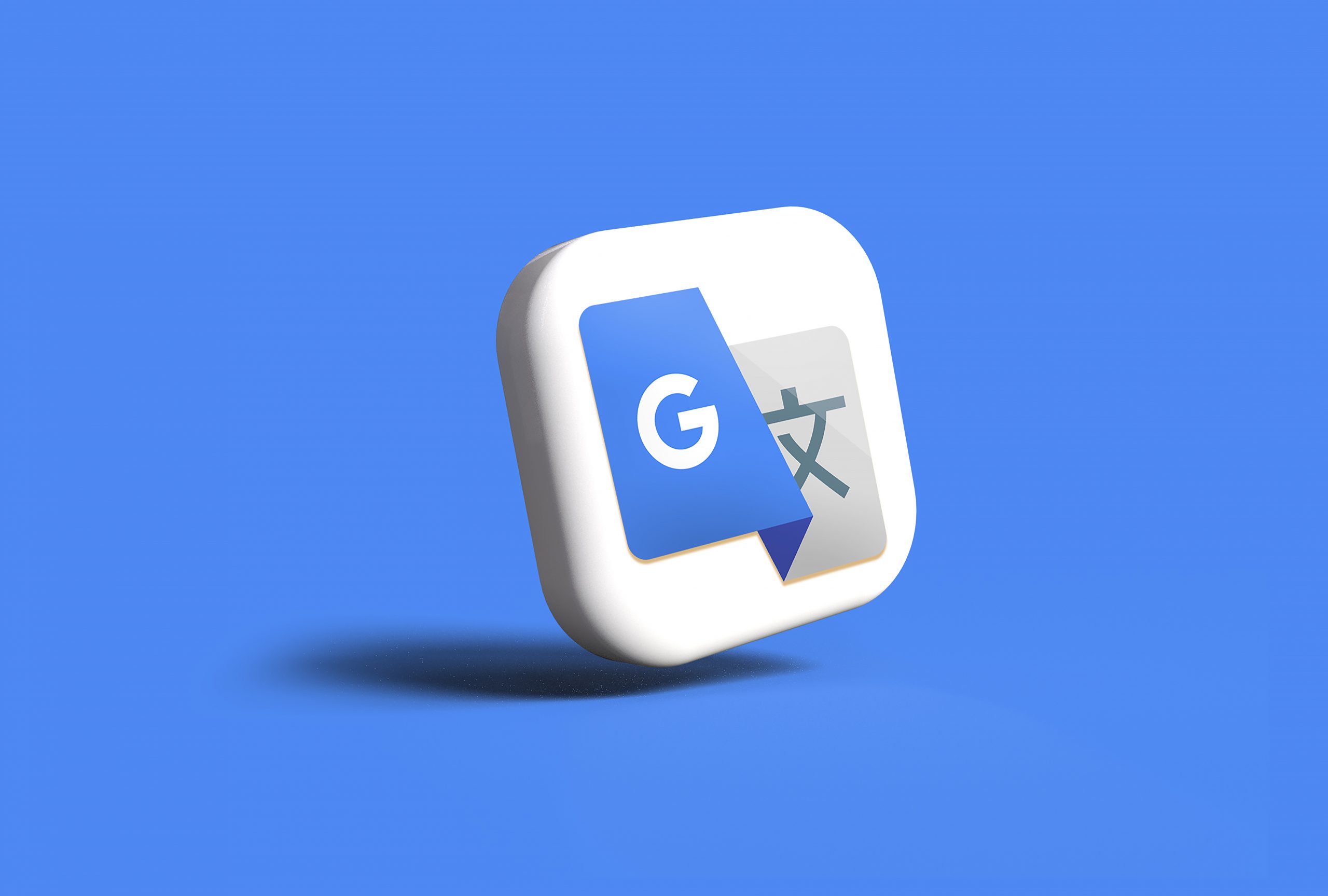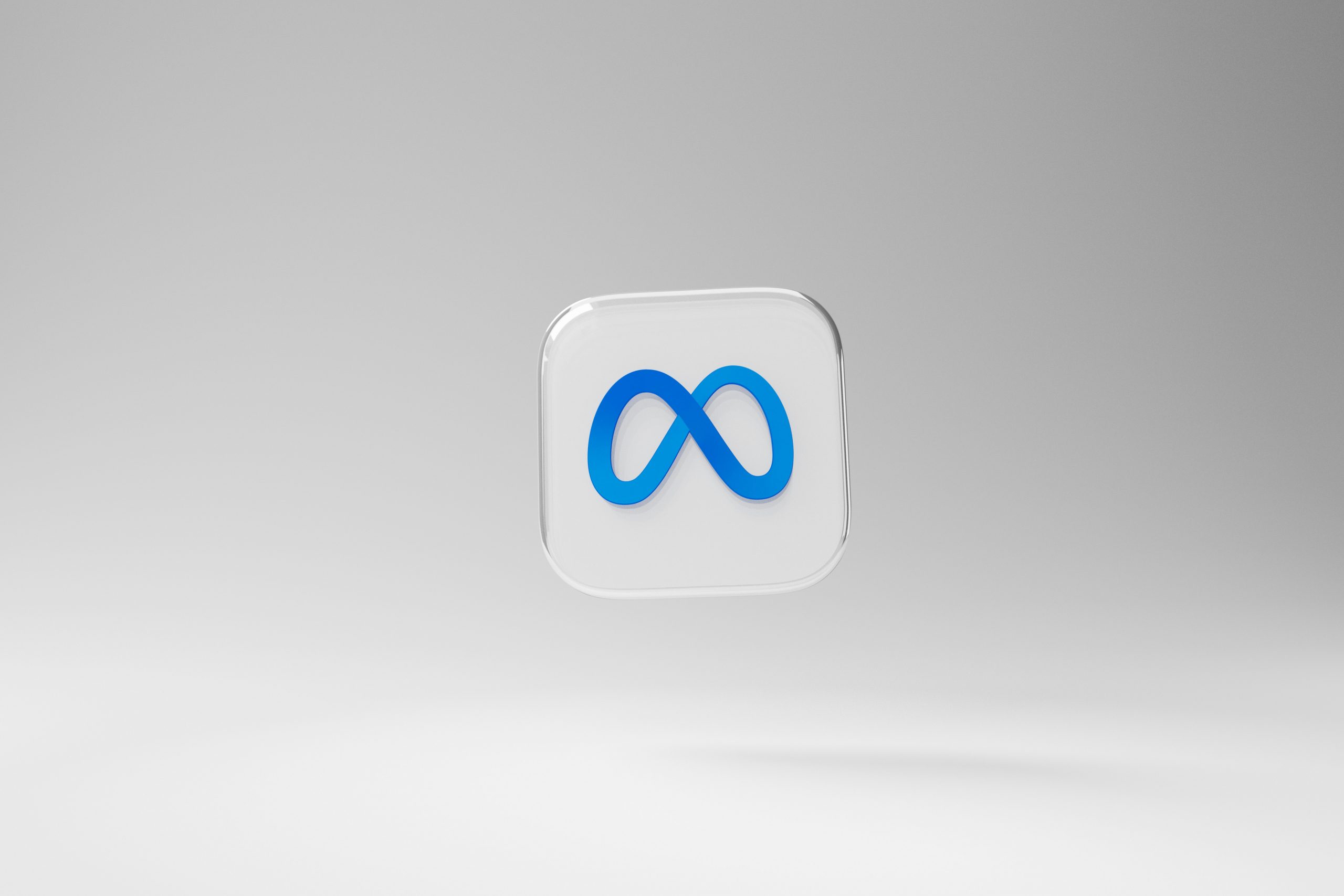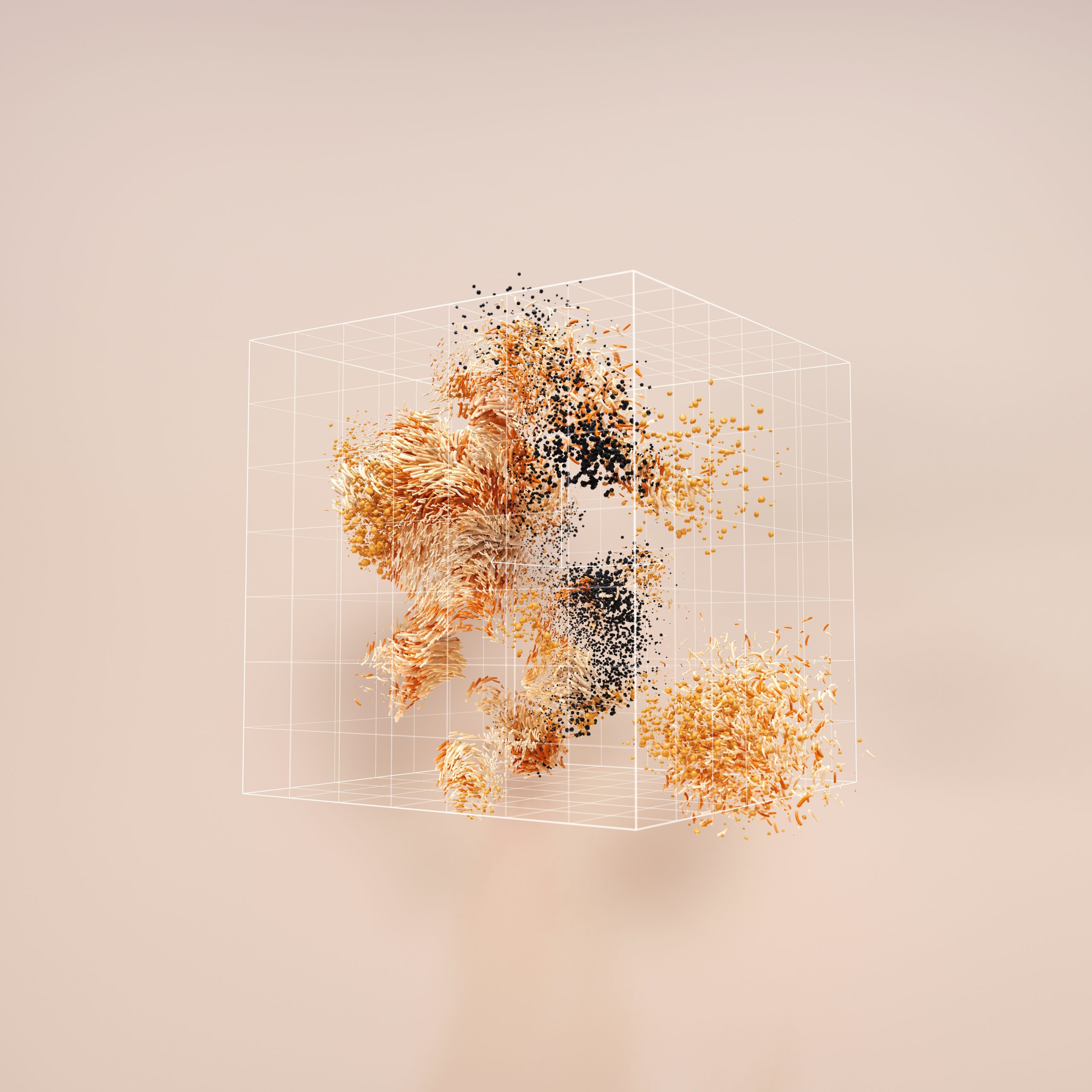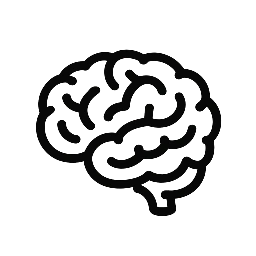Category: Case Studies & Real-World Use
-

Many languages, such as French and Spanish, use gendered nouns. AI translation tools often default to masculine forms, reinforcing gender stereotypes. Google Translate has taken steps to address this. The Problem For years, typing “doctor” into Google Translate would return “le médecin” (masculine) in French, while “nurse” returned the feminine “infirmière”. This reflects patterns in…
-

AI often struggles with low-resource languages, leaving millions excluded from its benefits. Meta AI launched the No Language Left Behind (NLLB-200) project to change this. What is NLLB-200? In 2022, Meta introduced NLLB-200, a translation model covering 200 languages—including many low-resource ones (Meta AI, 2022). Unlike typical models, it was designed specifically to handle languages…
-

Most large AI models are trained primarily in English, which can lead to bias against less represented languages. The BLOOM project, however, was created to change this by making AI more multilingual and transparent. What Is BLOOM? BLOOM is a Large Language Model (LLM) released in 2022 by the BigScience collaboration, a group of over…
